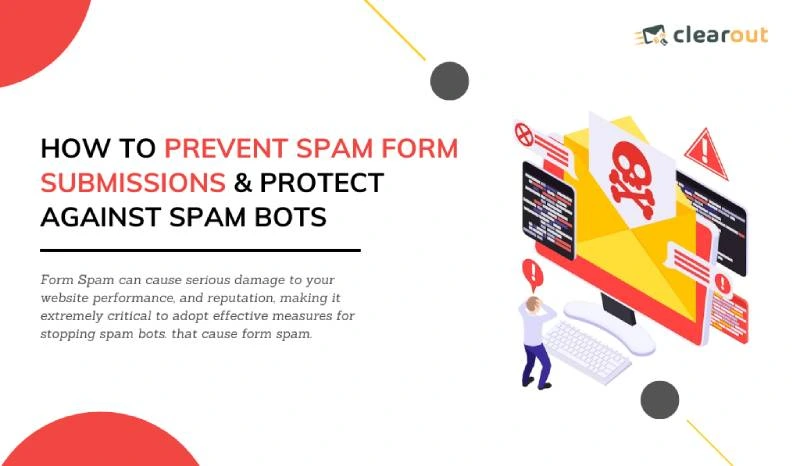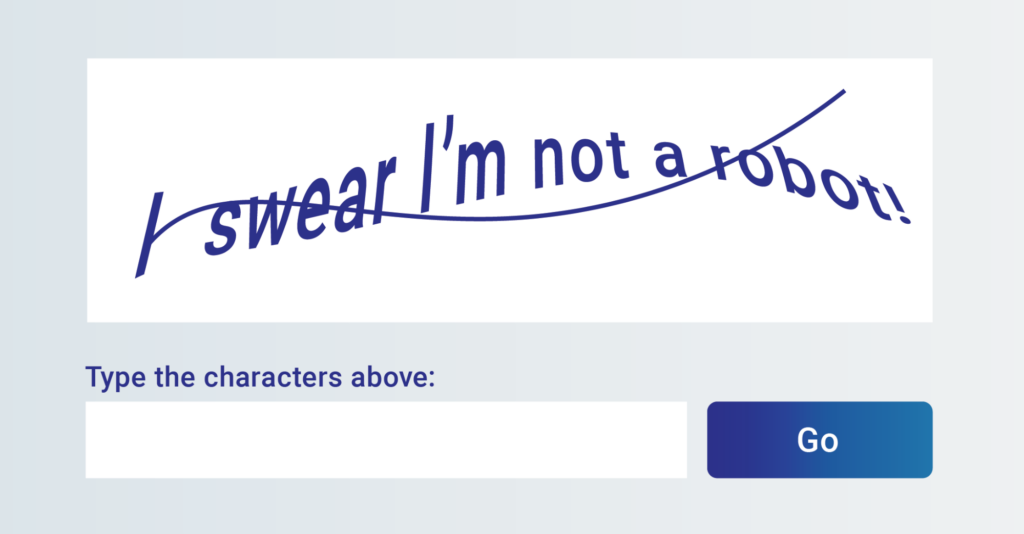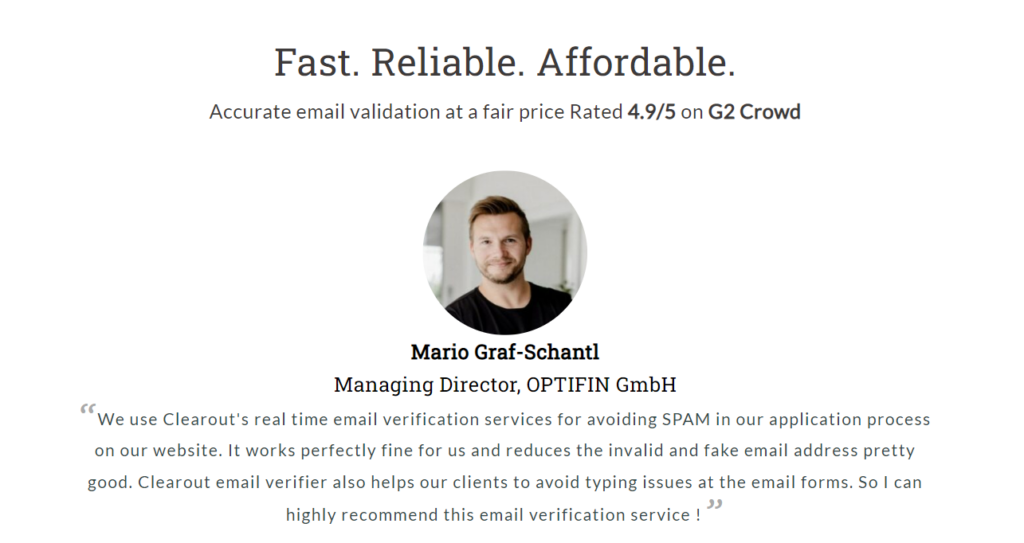● How do Spam Bots Cause Form Spam?
● How do spam form submissions impact your website and overall business performance?
● How to identify spam form submissions?
● How to stop spam bots and prevent spam form submissions?
■ Implement a Firewall to Block Suspicious Traffic From Spam Bots
■ Use Honeypots to Trap & Stop Spam Bots
■ Use Real-time Verification Tools to Reject Spam Form Submissions at Entry-level
■ Filter Proxies & VPNs To Stop Spam Form Submissions
■ Check For IFrames To Detect Spam Bot Form Submission
■ Implement Two-Factor Authentication To Beat Spam Bots
■ Block The Form Once Filled Out To Prevent Multiple Spam Form Submissions
■ Use Record Data From the Form Submissions To Block Spam Bots & Spammers









